The birth of the Cavendish
1874: The Cavendish Laboratory was opened, thanks to a generous benefaction of £6,300 by William Cavendish, Chancellor of the University and a distant relative of physicist and chemist Henry Cavendish.
Located on the New Museums Site on Free School Lane in Cambridge and with the design and construction overseen by Maxwell, the new Laboratory becomes the leading facility for physics research.
1879: Maxwell dies, at the age of 48. He does not live to see his theories of electricity, magnetism and statistical physics fully confirmed by experiment, but leaves a lasting legacy in the creation of the Cavendish.
He is succeeded by Lord Rayleigh, who is responsible for setting up a systematic course of instruction in experimental physics which has remained at the core of the Laboratory’s teaching programme.
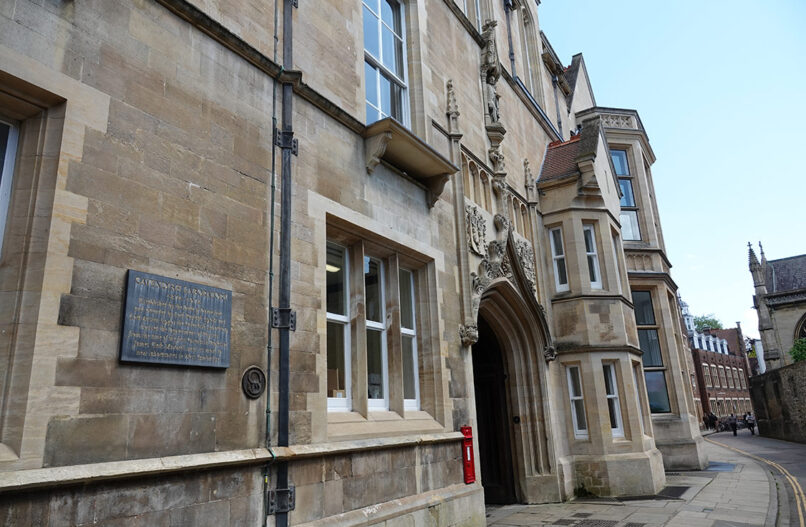
Extraordinary advances in experimental physics
1884: J. J. Thomson is appointed Cavendish Professor, marking the start of an exciting era of exploration of the inner workings of molecules and atoms.
1895: The university introduces a BA by research, allowing students from outside Cambridge to study at the Cavendish. Among the first generation of physics graduate students are Ernest Rutherford (graduated in 1899) and Charles Wilson, who, along with Thomson, win Nobel prizes for their research.
1897: Thomson discovers the electron.
1912: Charles Wilson invents the cloud chamber.
1914: The Cambridge Philosophical Society – founded in 1819 ‘for the purpose of promoting scientific inquiry’ – awards an Honorary Fellowship to Marie Curie for her work in radioactivity.
1919: Rutherford becomes Cavendish Professor, driving forward an era of physics which has by now changed out of all recognition compared with the classical physics of Maxwell. Francis Aston completes his mass spectrograph, which he used to discover numerous isotopes of chemical elements.
1924: Patrick Blackett produces astonishing photographs showing nuclear transformations taking place in an automated Wilson Cloud Chamber.
1926: Katharine Burr Blodget becomes the first woman to be awarded a PhD in physics from the University of Cambridge. During her time at the Cavendish she makes significant breakthroughs in smoke screening technologies.
1932: James Chadwick discovers the neutron.
John Cockcroft and Ernest Walton split the atomic nucleus for the first time, as well as proving experimentally for the first time that E = mc².
1938: Lawrence Bragg succeeds Rutherford as Cavendish Professor, and develops the use of X-ray crystallography in understanding the structure of biological molecules.
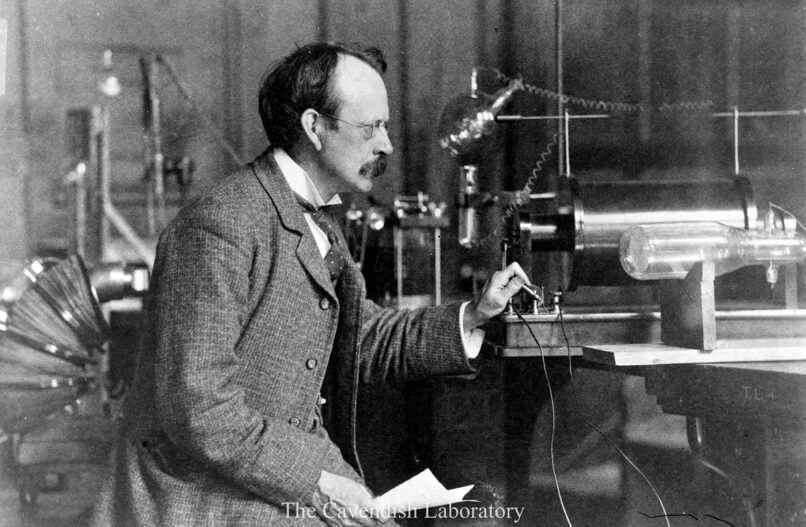
Discovering the secret of life
1953: Francis Crick and James Watson determine the double-helix structure of the DNA molecule, building on the work of Rosalind Franklin, Maurice Wilkins and Cavendish colleagues. They announce in nearby pub The Eagle that they have found “the secret of life”
1954: Nevill Mott becomes Cavendish Professor, and many pioneering studies in condensed matter physics follow, including his own work on amorphous semiconductors which was to lead to his Nobel prize.
In this year, the Solid State Theory Group comes into being; renamed in 1972 as the Theory of Condensed Matter (TCM) research group. Over time, six Nobel prize winners and four Europhysics Prize winners come through TCM, and numerous members go on to create pioneering startups or hold high-level positions in industry.
1957: Ray Dolby comes to Pembroke College, Cambridge to study for his PhD in Physics. At Cambridge he developed novel techniques for detecting low energy X-rays.
1962: Brian D. Josephson theoretically predicts the Josephson effect.
1967: Jocelyn Bell Burnell and Antony Hewish, discover pulsars at the Mullard Radio Astronomy Observatory site.
1970s: A game-changing period for particle physics. The High Energy Physics (HEP) research group is formed at the Cavendish.
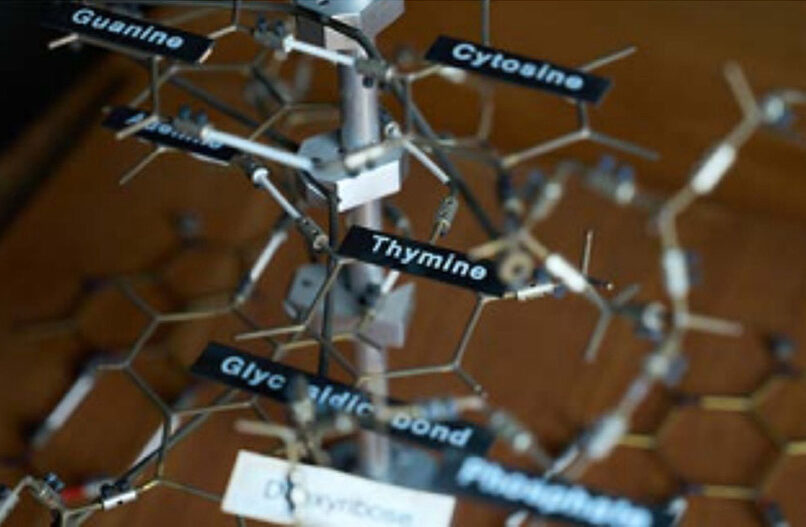
New site. An exciting new phase of discovery
The Laboratory continues to expand at a great rate until the site in central Cambridge became so overcrowded that – one hundred years after its foundation – a new location is essential.
Physics has changed dramatically by this point. Many aspects of the discipline have become ’big-science‘ – radio astronomy and particle physics, for example – and need new large-scale facilities which would enable international collaboration.
The computer revolution is also in full swing, completely changing the approach to precise experiment, data analysis, theoretical modelling and simulation.
1974: The Cavendish completes the move to a new greenfield site in West Cambridge, managed by new Cavendish Professor Brian Pippard. Martin Ryle is awarded the Nobel Prize for the implementation of Earth-rotation aperture synthesis resulting radio images of the sky with resolution similar to optical telescopes.
1984: Sam Edward succeeds Pippard. Studies in soft condensed matter would lead to major initiatives in subsequent decades in the areas of biological physics and the physics of medicine, with Athene Donald at the forefront of the research.
1988: Fellow physicist Professor Stephen Hawking, at the Department for Applied Mathematics and Theoretical Physics, publishes A Brief History of Time: From the Big Bang to Black Holes.
1995: Polymer semiconductor physics flourishes under Edwards’ successor Richard Friend.
1998: Athene Donald becomes the first female Professor in the Department, and becomes a champion of women in science throughout her career.
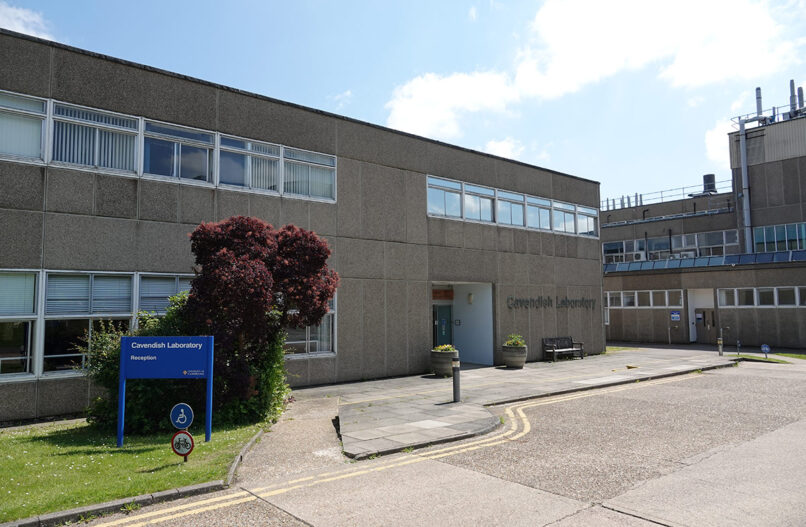
Opening up new frontiers in physics
Early 2000s: New frontiers open up in nanotechnology, cold atoms and ultra-low temperature physics.
2006: Cambridge Enterprise is established, with a goal of helping the University’s innovators, experts and entrepreneurs commercialise their research for the benefit of society and the economy.
2012: The Higgs boson is discovered at CERN’s Large Hadron Collider by international teams including several leading Cavendish high energy physicists.
2013: Didier Queloz, 2019 Nobel prize winner for the discovery of exoplanets, begins a multi-disciplinary programme of exoplanet research culminating in the major Leverhulme Centre for Life in the Universe.
2020s: Research programmes using the James Webb Space Telescope explore the origin of stars, galaxies and black holes, and the detection of chemical elements in exoplanet atmospheres.
2025: The Cavendish moves to the new Ray Dolby Centre, built following a generous £85m donation from the Ray Dolby estate with a further £75m from the UK Government. Bringing together most of the research themes under one roof, the new environment offers incredible potential for collaboration, experimentation and innovation that builds upon the success of our first 150 years and sets the pace for the future.
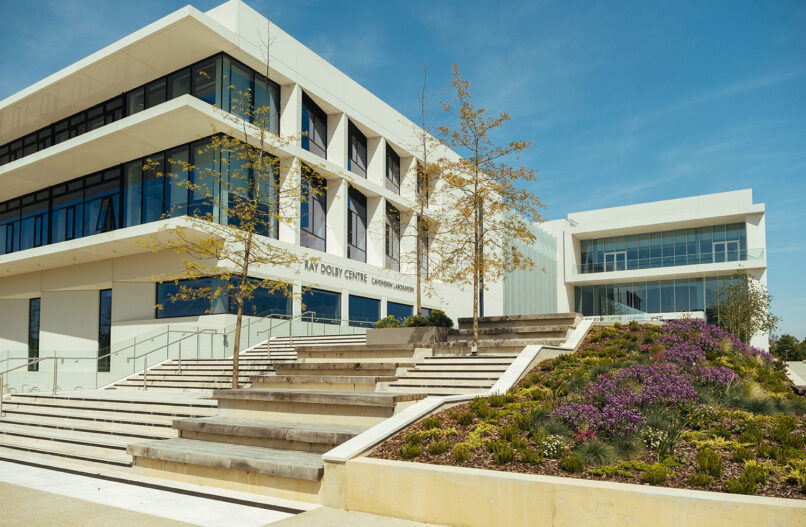
© Bouygues UK | Richard P Walton